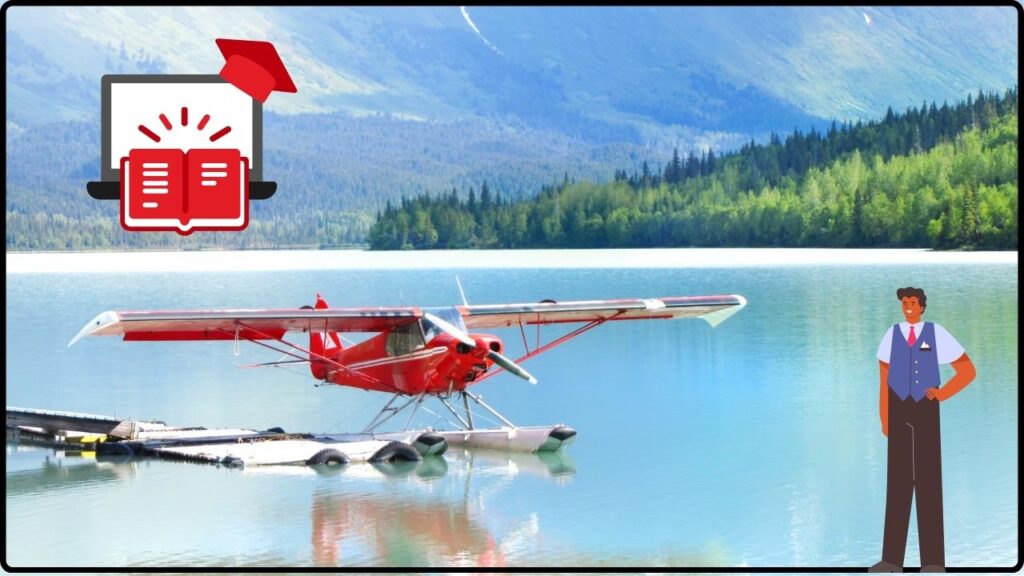
New Seaplane AIS Stewardship Course: Seaplane pilots, listen up! If you love soaring above the stunning lakes and rivers across the U.S., then this new Seaplane AIS Stewardship Course is your way to become an environmental champion while keeping your aircraft in top shape. This certification tackles the serious issue of Aquatic Invasive Species (AIS)—those unwelcome hitchhikers threatening the health of our waterways. Whether you’re a seasoned pilot or a newcomer to water flying, this course is designed to equip you with the practical knowledge and tools to protect our lakes, rivers, and coasts while ensuring lasting access for seaplane operations.
If you’ve ever wondered how you can give back and help maintain the pristine nature of the waters you fly over, this certification is it. The Seaplane AIS Stewardship Course provides straightforward training that helps pilots inspect, clean, and maintain their seaplanes to prevent invasive species like zebra mussels and Eurasian watermilfoil from spreading. This commitment isn’t just eco-friendly; it’s essential for keeping the seaplane community’s paths open and welcoming for years to come.
Table of Contents
New Seaplane AIS Stewardship Course
The Seaplane AIS Stewardship Course is essential training for any pilot serious about protecting the waterways they love and rely on. It offers expert knowledge, practical inspection and cleaning skills, and regulatory insights—all in an easy online format tailored for everyday pilots. Certification is not just a piece of paper; it’s a commitment to environmental stewardship that preserves seaplane access, protects native ecosystems, and enhances community trust. Seaplane pilots who get certified are joining a tradition of responsibility and leadership, keeping American waterways safe and open for generations to come. Ready to fly clean and smart? Sign up today and become a proud steward of the skies and waters!
| Topic | Details |
|---|---|
| Course Type | Online training with video tutorials and certification test |
| Main Focus | Prevention and mitigation of Aquatic Invasive Species (AIS) spread via seaplanes |
| Target Audience | Seaplane pilots, instructors, operators, and enthusiasts |
| Certificate Benefit | Proof of AIS knowledge, supports compliance with state and local permit requirements |
| Course Length | Approximately 60 minutes |
| Cost | Typically free or low cost depending on provider |
| Official Website | Seaplane Pilots Association |
| Importance | Protects native ecosystems, preserves seaplane access to waterways |
| Environmental Impact | Helps reduce invasive species spread, maintains biodiversity, supports recreational water quality |
| Community Impact | Promotes responsible flying, builds trust with regulators, fosters environmental stewardship culture |
Why Does AIS Matter for Seaplane Pilots?
Aquatic Invasive Species are non-native plants and animals sneaking into lakes and rivers, causing serious harm. They disrupt natural ecosystems, threaten native species, clog water intakes, damage infrastructure, and even reduce recreational opportunities. Species like zebra mussels, Eurasian watermilfoil, and quagga mussels have become notorious culprits in many parts of the country.
Seaplane pilots have a unique risk and responsibility here: your aircraft literally touches—and sometimes traps water from—lots of different bodies of water that may be separated by hundreds or thousands of miles. That means one contaminated plane can inadvertently spread invasive species across state lines, threatening distant ecosystems.
The Seaplane AIS Stewardship Course helps pilots understand this critical role, teaching them how to be proactive defenders of healthy waterways. The easy-to-understand training shows you how to reduce your environmental footprint while enjoying the freedom of water flying.
What You’ll Learn in the New Seaplane AIS Stewardship Course?
This course is structured for clarity and actionability, covering all critical dimensions:
- Deep Dive into AIS: Understand the biology, habits, and impacts of key invasive species. You’ll learn why these organisms spread rapidly and what damage they cause socially, economically, and environmentally.
- Species Identification Skills: Learn to visually identify common invasive species, including photos and tips on where to look during inspections. This knowledge helps pilots spot invaders early.
- Step-by-Step Inspection Protocols: Get detailed guidance on how to conduct thorough inspections of every part of your seaplane — floats, hull, docking cables, anchors, and gear. Learn how to spot invasive material and water residue that might harbor AIS.
- Effective Cleaning & Decontamination: Understand how and when to clean your seaplane, what cleaning agents or methods are effective, drying times necessary to kill species, and environmentally sound practices that protect native fauna.
- Stewardship Best Practices: Learn habits that minimize AIS spread, such as avoiding landings in infested waters, disposing of bait responsibly, and reporting invasive species sightings to relevant authorities.
- Regulations and Compliance: Stay up to date with national, state, and local AIS laws. Find out how the certification fits regulatory frameworks and what permits you may need for different locations.
- Community Engagement: Discover opportunities to join or support local AIS programs, participate in watercraft inspection volunteer efforts, network with other pilots on stewardship, and support public education.
The course’s clear modules and engaging videos make complex ideas approachable and easy to remember. Pilots won’t just learn theory—they’ll be equipped with actions they can take immediately to protect the environment.
Detailed Guide: How to Complete the New Seaplane AIS Stewardship Course
Step 1: Register Online
Sign up on the Seaplane Pilots Association’s official course platform or a partner site. Registration is user-friendly and usually free or low-cost, making it accessible for all pilots.
Step 2: Engage with Video Tutorials
Watch high-quality videos that break down invasive species risks and preventive methods with vivid visuals and pilot-focused examples. These videos use clear narration and real-world footage to make learning enjoyable.
Step 3: Interactive Quizzes
Complete quizzes throughout the course designed to reinforce learning and encourage active retention. This helps ensure pilots internalize essential concepts rather than passively watching.
Step 4: Final Certification Test
Pass a comprehensive online test covering identification, inspection steps, cleaning protocols, and regulations. Passing grants immediate access to your official digital certificate.
Step 5: Continuing Stewardship
The course encourages pilots to stay active in the community by participating in AIS surveys, reporting invasions, and following best practices regularly—even after certification. Ongoing awareness campaigns and updates are available through the association.
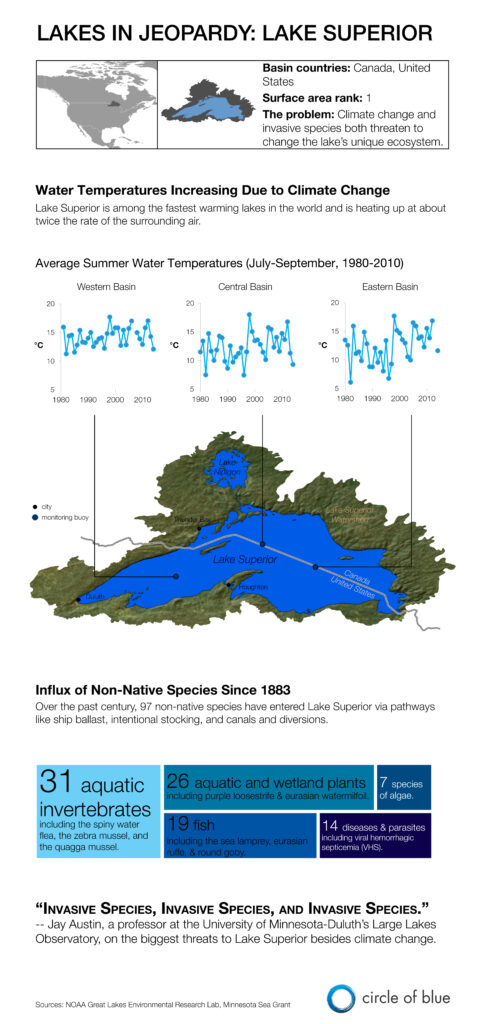
Why This Certification Is a Game Changer for the Seaplane Industry?
Seaplane flying holds a special place in aviation culture in the U.S., especially in scenic and remote regions like the Pacific Northwest, the Great Lakes, and Alaska where waterways open up unique transport and recreational opportunities. AIS spread threatens not just ecosystems but the very viability of these operations by imposing costly restrictions or closing access points.
This stewardship course represents an essential unified approach to AIS mitigation that embraces the entire seaplane community. By providing pilots with authoritative knowledge and boosting compliance culture, it helps:
- Strengthen relationships with environmental regulators, building compromise and trust.
- Protect critical water access points by reducing AIS introduction risk.
- Foster a culture of responsibility that extends beyond flying to community leadership and environmental activism.
- Enhance the overall image and reputation of seapilots as conscientious, safety-minded environmental stewards.
- Support economic stability by avoiding shutdowns and costly decontamination measures.
Real-World Examples of AIS Impact and Prevention
The Great Lakes: Zebra mussels have cost the region over $200 million annually due to damaged infrastructure and water-intake fouling. The region employs boat inspectors and AIS education programs, also encouraging seaplane pilots to get certified to halt the spread.
Lake Tahoe: Strict regulations require cleaning boats and seaplanes to control invasive algae and plants, with trained pilots playing a frontline role in prevention.
Alaska’s Waters: Vital for subsistence fishing and tourism, Alaska remains at risk from invasive species transported on planes and boats alike, making pilot stewardship critical for its vast natural resources.
Pilots trained through this course become active participants in minimizing such threats by inspecting, drying, cleaning, and reporting potential invasive species before contamination spreads.
Best AIS Cleaning & Decon Supplies for Aviation (2025 Review)
State-by-State AIS Regulations: A Seaplane Pilot’s Compliance Guide
Are Seaplanes “Watercraft”? Understanding the Legal Gray Area in AIS Law
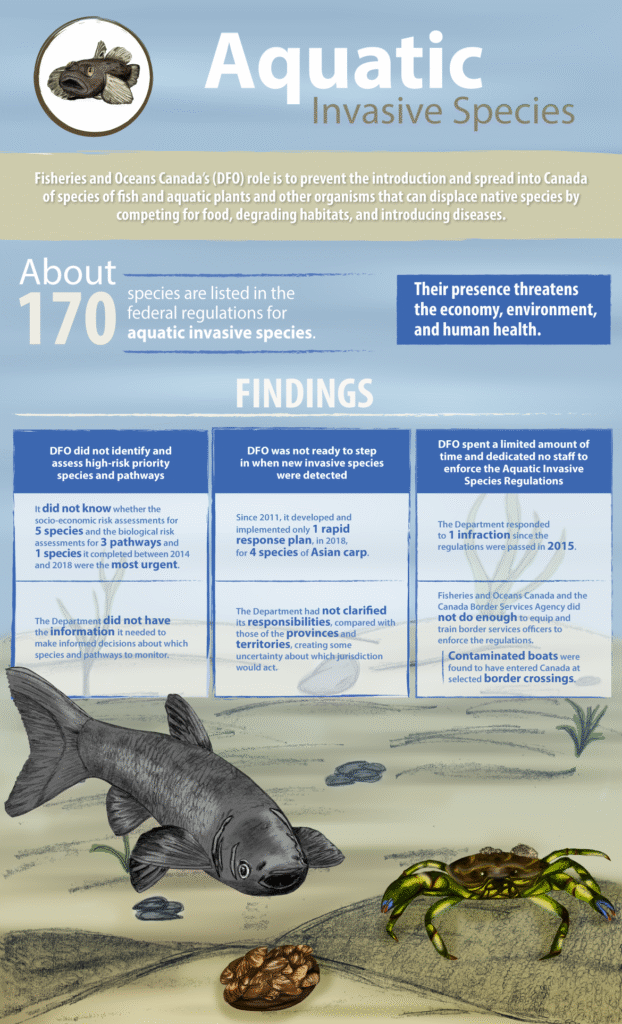
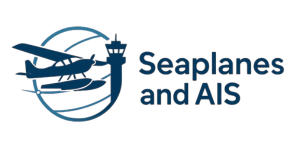
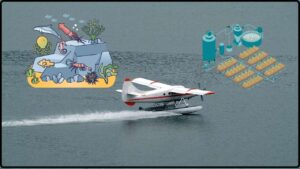
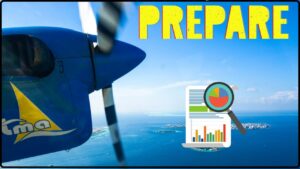

![Case Study How [Lake Association] Partners with Pilots to Stop AIS](https://seaplanesandais.com/wp-content/uploads/2025/11/Case-Study-How-Lake-Association-Partners-with-Pilots-to-Stop-AIS-300x169.jpg)
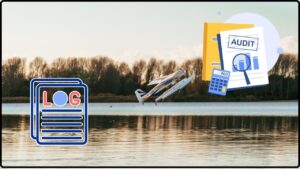
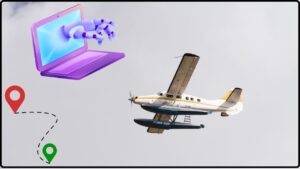


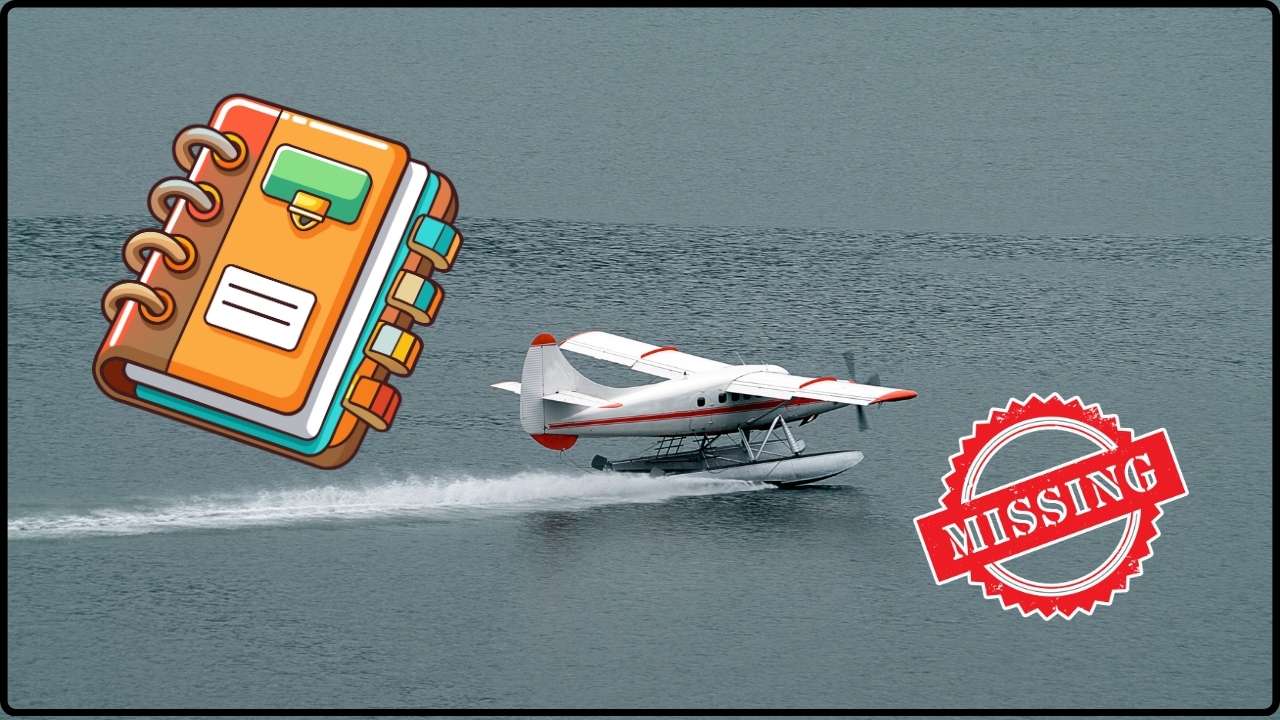

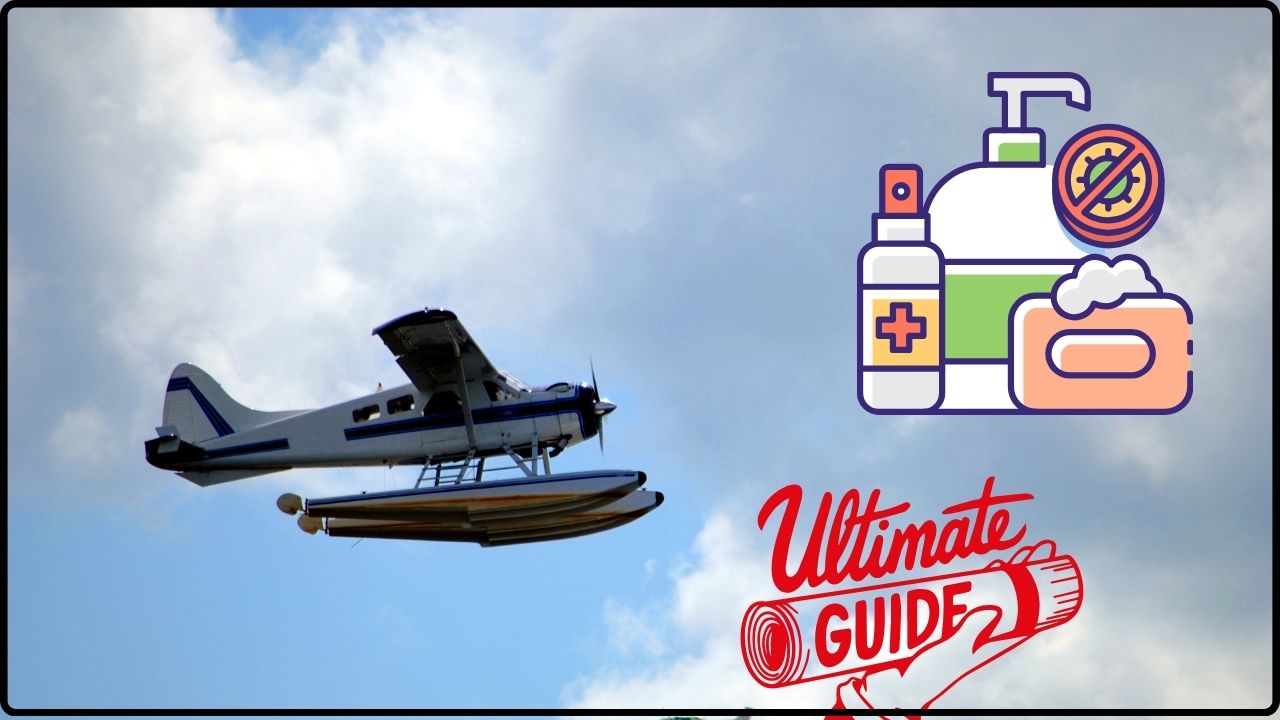


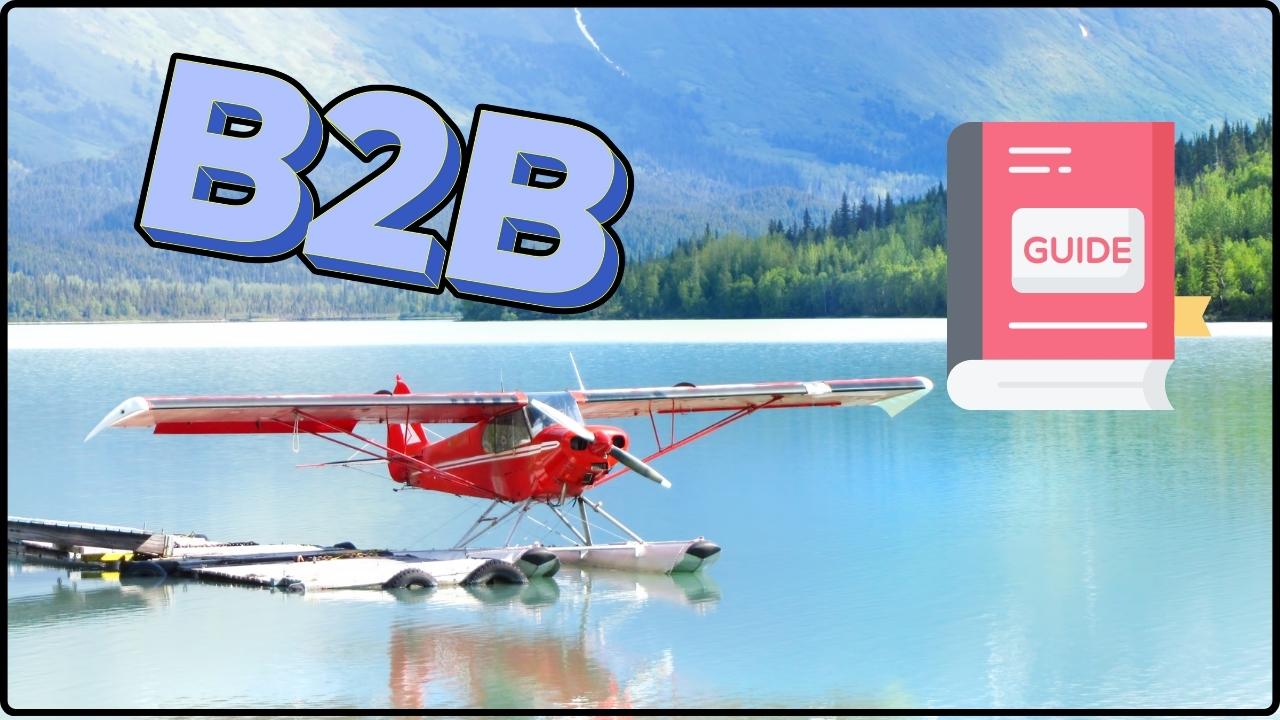
![Case Study: How [Lake Association] Partners with Pilots to Stop AIS](https://seaplanesandais.com/wp-content/uploads/2025/11/Case-Study-How-Lake-Association-Partners-with-Pilots-to-Stop-AIS.jpg)
